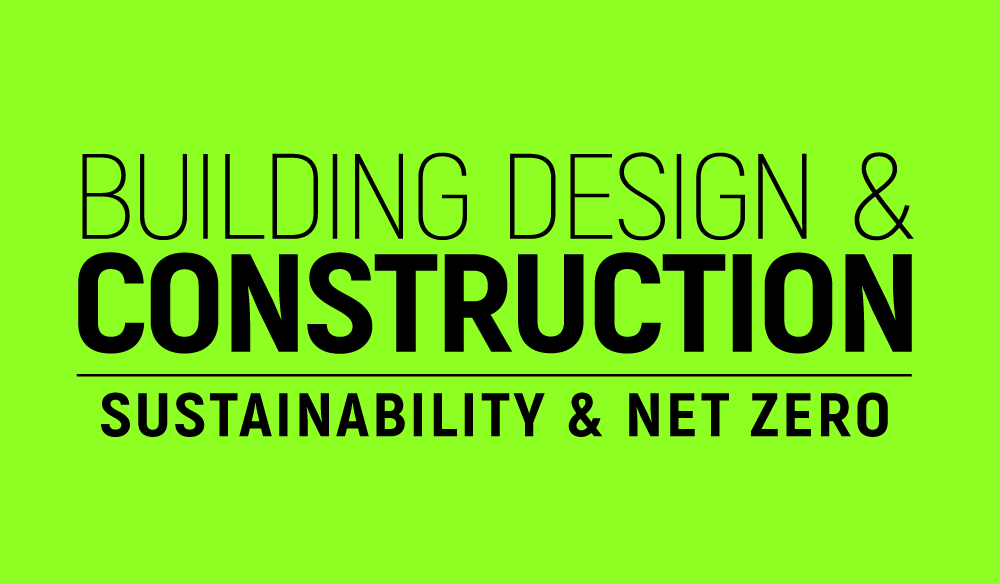As habitats, wildlife, and plants remain at continued risk of loss across the globe, and the government’s new housing supply yearly target of 300,000¹ homes per year, it’s essential property developers are fully aware of the upcoming Biodiversity Net Gain (BNG) legislation and what this will mean for future planning and development.. With plans to protect fragile ecosystems and reverse the decline in species by 2030, all planning permissions granted in England (with a few exemptions) will have to demonstrate at least a 10% biodiversity net gain from November 2023. But what does this mean exactly for property developers? UK’s leading environmental consultancy, Thomson Environmental Consultants, summarises five things property developers should be aware of when it comes to Biodiversity Net Gain: Ultimately, BNG will aim to leave the environment in a better state than it was before. Introduced into legislation through the world-leading Environment Act 2021, achieving a 10% net gain will become mandatory for most developments from November 2023. Until now, local planning authorities, utility providers, housing developers, and other organisations have worked with National Planning Policy Framework guidance to seek net gain from new developments. However, from November, BNG will become a legal and mandatory process for most new housing, commercial and infrastructure developments which require planning permission under the Town and Country Planning Act 1990. Although some property types may be exempt from the mandatory BNG requirements, ¹ such as self-build homes; in most cases, property developers must demonstrate how they are replacing and improving biodiversity. The phased introduction of BNG, will allow smaller development sites a longer transition period (April 2024), and Nationally Significant Infrastructure Projects (NSIPs), which have been given development consent under the Planning Act 2008, will be required to comply with BNG requirements from 2025. Small sites are defined for the BNG exemption as residential and non-residential. Although the UK contains more than 70,000 known species of animals, plants, fungi and microorganisms, the growing pressure from diseases, invasive species and climate change has resulted in 600 million breeding birds being lost across the EU and UK since 1980, as well as 97% of the UK’s wildflower meadows, and 90% of the UK’s wetland habitats². In order to succeed the government’s commitment to halt species decline by 2030, BNG requirements are more critical than ever. Moreover, as the UK now only acquires half of the biodiversity that existed before the Industrial Revolution, it’s essential that equal efforts are placed to combat the increased threat to ecosystems while aligning with the government’s annual new home targets. This is where BNG comes into play. Property developers must assess the type of habitat affected and its condition before submitting plans detailing how they will deliver a 10% benefit for nature post development. The “biodiversity metric trading” rules require that any habitat affected within the boundary is replaced on a ‘like for like’ or ‘like for better’ principle. This will be done through the new and streamlined Biodiversity Metric 4.0, which includes a mandatory biodiversity metric calculator tool, user guide, small site metric calculator and more. The metric calculator will essentially provide a biodiversity metric to quantify the value of habitats before and after development. Newly available under the Environment Act 2021, conservation covenants will play an important role in conserving habitat and biodiversity in the long term. Conservation covenants will be an important mechanism for delivering ‘off-site’ BNG where meeting the mandatory 10% improvement on-site isn’t possible. The nature of conservation covenants will require a long-term commitment to the enhancement and maintenance of habitats. Government guidance suggests the BNG credits will be phased out over time as the private market for BNG becomes established. Although a secondary legislation draft is due to be published later in 2023 with further mandatory guidelines, it’s crucial property developers begin considering the requirements sooner rather than later in the planning process. Whether the new BNG requirements will apply to existing planning applications has not yet been confirmed and will be updated by DEFRA and the government accordingly. Regarding costings and project expectations, a government-run statutory credit scheme will be available as a last resort to prevent delays in the planning system. Developers can also pay for improvements on other sites elsewhere by purchasing “units” via a private, off-site market. However, in order to buy credits, property developers must demonstrate that they cannot deliver habitat onsite or via the off-site market. With credits costing between £42,000 and £650,000 +VAT, this will significantly add to overall project costs where off-site enhancements are required. Paul Franklin, Associate Director of Ecology at Thomson Environmental Consultants, commented on the legislation: “It’s important to remember that Biodiversity Net Gain will affect the property development process at all stages and phases. We strongly recommend early engagement with a consultant when undertaking due diligence on a prospective purchase through to consideration of the long-term monitoring and management of created habitats. In many cases, this will be a period of 30 years post-development. “Ensure you speak with consultants who have strong experts in conducting various project habitat surveys and condition assessments to ensure you achieve the desired biodiversity net gain.” To find out more about Biodiversity Net gain, visit: https://www.thomsonec.com/news/five-things-property-developers-need-to-know-in-preparation-for-biodiversity-net-gain-bng/ Building, Design & Construction Magazine | The Choice of Industry Professionals














